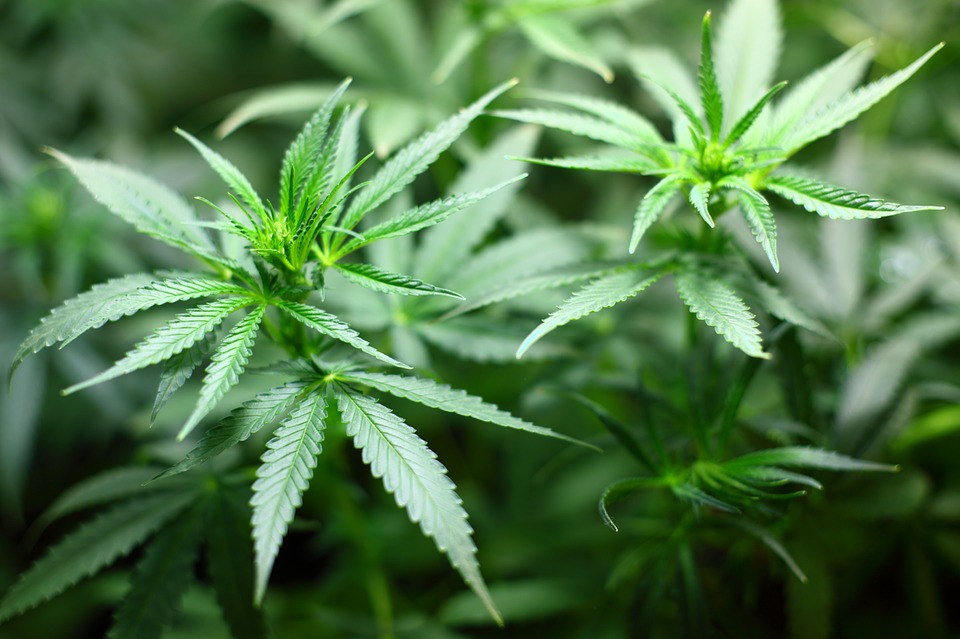
No longer forced to operate in the shadows, marijuana growers are learning to make their farming friendlier for fish.
Growers in Humboldt County, believe that farming sustainably is not only the right thing to do, but is also good branding as the industry develops and growers angle for future shelf space.
LINK (via: Hakai Magazine)






“High Time” something was done by the guerilla growers. Here in Britain, in 2005 – 2008, I regularly fished a small lowland river on the western edge of London, mostly for our “Coarse Fish” (think Northern pike, carp and numerous smaller species) and with fly for occasional remnant wild brown trout, one of them a WTF! 23-incher.
One stretch of that river had a small 3- to 6-foot-wide free-running ditch coming off it, then running through woodland and meadowland parallel with it for a few miles before eventually rejoining the main stream.
Just a ditch dug by some men building a main river watermill a few hundred years earlier to reduce the header lead level at times of high water above the large weir they had built to power their mill’s pair of waterwheels, but a clean, gravel-bottomed ditch nevertheless that offered seasonal spawning grounds for both coarse fish and trout and a pewrmanent home for their “tiddler” offspring.
Then I noticed that the ditch had begun to cease to run in its middle and lower reaches at certain times, just stopped flowing and run completely dry.
So I walked up the ditch one morning to discover why – the water had to be going somewhere as I knew that it was still being fed by the main river a distance upriver, that it was being intercepted and taken off somewhere.
It was.
After a mile or so of walking though valley-bottom willow woodland and scrubby meadow, I found a small board dam thrown across the ditch, with a pool formed above the dam and a pump’s large diameter intake pipe (but not the pump itself) hidden in nettle beds and scrub a few yards away.
Oh yes, plus a well-hidden half-acre or so dope plot just forty yards away cut out of the scrub, with maybe 75 to 100 yard-high plants growingly very greenly in it.
I didn’t get on the phone to the police and bust the growers, but merely broke up up their dam by lifting its wooden boards and left a note for them inside a small, fishing-licence holding, plastic ziplok bag I had in my pocket: “Guys. If you are going to grow here, do your watering with buckets and watering cans. Don’t drain the ditch as there are fish, frogs and kingfishers depending on it. Work for your money, please. Peace.”
I went back there a few months later in the early winter after they had produced their crop and left the place where, twenty minutes river-walking away, King Alfred of England had fought and defeated the invading Danes in the late 800s AD. The growers hadn’t rebuilt the board dam, I saw, but they had left a heck of lot of buckets, cans, fencing mesh, bamboo support canes and plant stalks.
The ditch looked good.
High time such guys clean up their act.
The truth is, no amount of cannabis cultivation in the Eel River watershed is going to be “fish friendly”– one can mitigate their impact (and they should!), but the overall effect of large, basin-wide water withdrawal during the hot summer months when rearing salmonids are most vulnerable is most certainly negative. Dried up pools littered with dead juvenile coho salmon have been documented in the watershed over the past several summers– these deaths can be directly attributed to water withdrawal for cannabis cultivation.
I’m sure the farmer in this article considers herself a conscientious person, but she’s fooling herself if she thinks increasing her production from 2,000 sq. meters to 40,000 sq. meters has any chance of being “fish friendly.” Indeed, this will undoubtedly magnify the negative impacts she has on the salmonids in her watershed. Even if all of the expanded space were dedicated to water storage (which it almost certainly won’t be), it’s not clear that would be enough to supply her farm over the course of the entire growing season.
Unfortunately, legalization is just plain bad news for Humboldt’s threatened and endangered salmonids. We shouldn’t allow people to market their cannabis as “fish friendly.”